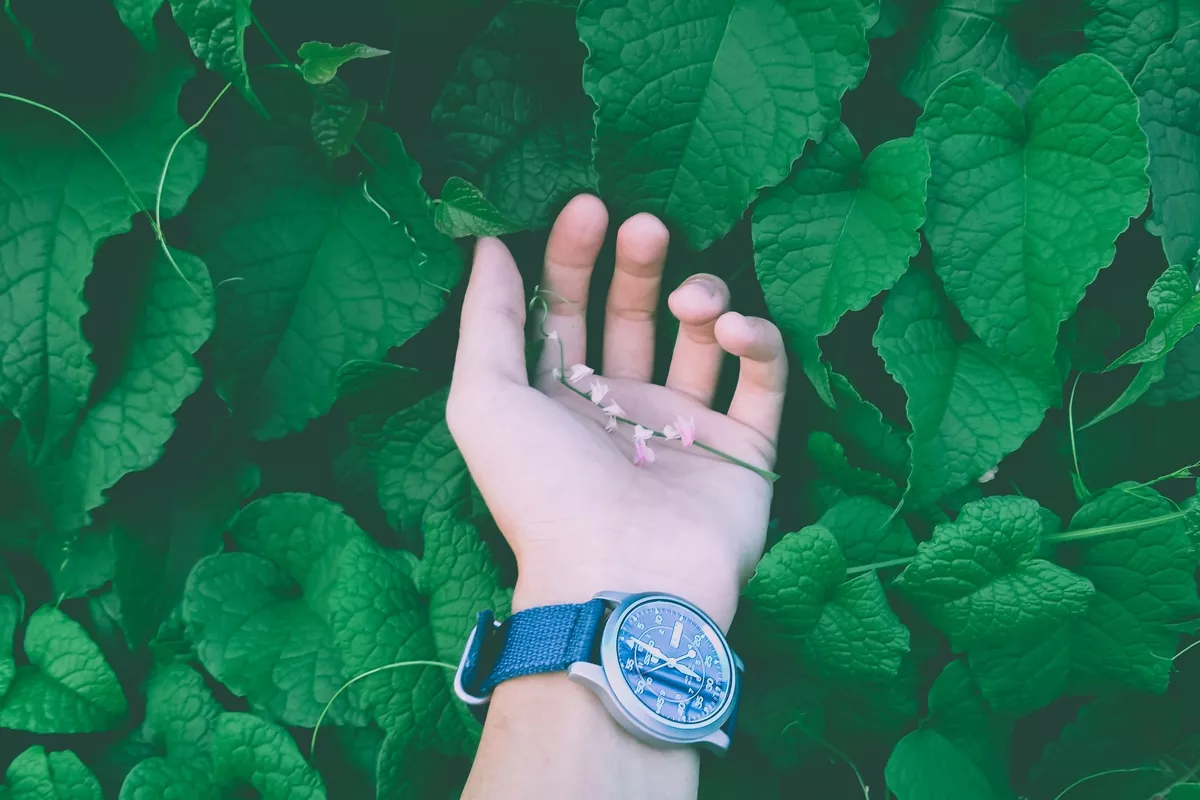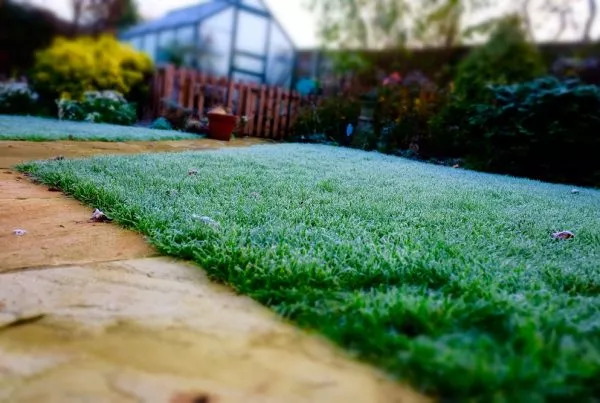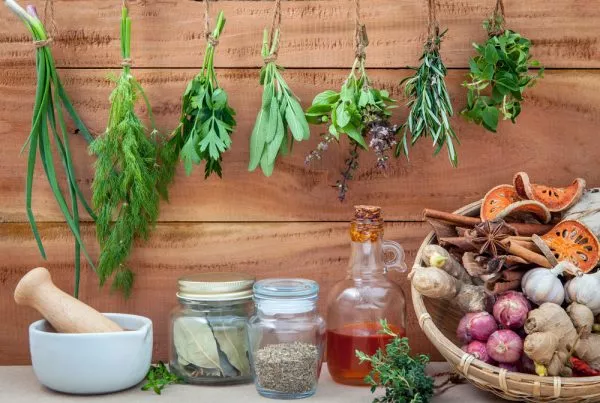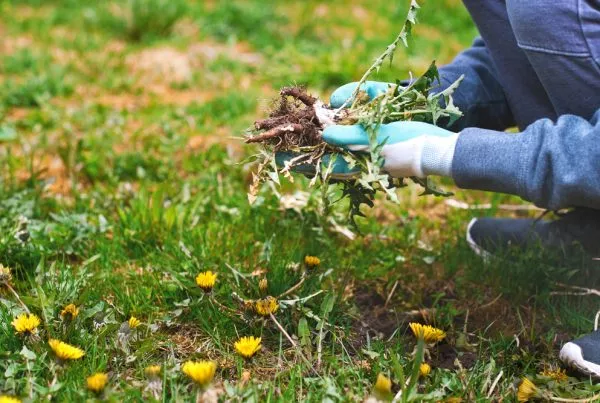If you are looking to create interest and introduce height into your garden, few plants are quite as successful as climbers. Many are fast growing and will quickly cover a fence or wall to produce an eye-catching feature within a certain area of your garden, which might otherwise be bland or lacking interest.
Climbers can be easy to maintain and quick to establish depending on the type you choose. However, picking the right climber for your garden can sometimes be a challenge. Here I hope to cover some of the most common questions about climbing plants. This will help you choose which one is right for your garden and your personal taste.
Different types of climbing plants
Climbing plants use different mechanisms to help them attach to a vertical surface, such as a fence, and grow upwards. So first, let us look at the most common types of climber you are most likely to encounter in a garden.
Twining climbers: This type of climber uses its stems to clasp onto a surface and support itself. The main stem uses a lassos type motion to wrap around an object. Initially, they might need support or help to start climbing. Once attached they are self-supporting, needing only a little attention to tidy them up. Some common twining climbers include honeysuckle and clematis.
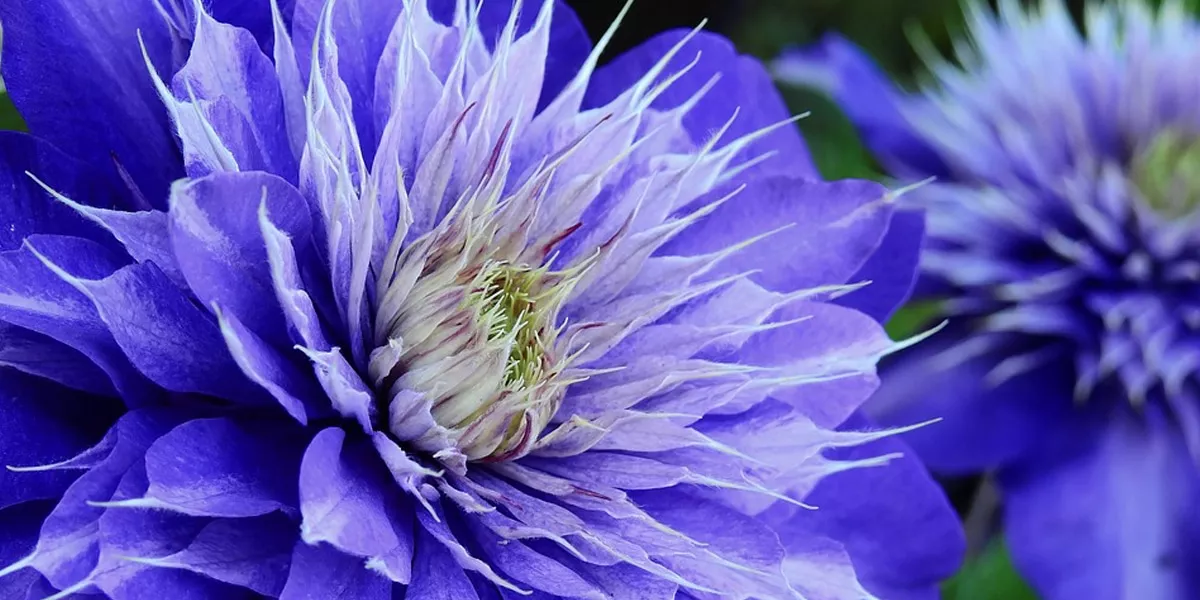
Tendrils climbers: This type of climber uses shoots to wrap around objects, holding itself upright and hoisting itself higher and higher. Sweet peas are a great example of this mechanism. It is important to keep on top of maintenance with climbers that use tendrils. If left unchecked they can often wrap around themselves and other plants. This creates a dense clump of tangled foliage, which is almost impossible to unravel without causing damage.
Aerial roots: As the name suggests, this type of climber uses roots to clasp onto vertical surfaces. Unlike roots that grow underground, aerial roots grow from the stem. You can see this most clearly when you look at ivy plants, however, Hydrangea seemannii also uses the same method.
Other types of climber: Not all plants that we grow on fences and walls are natural climbers. Having said this, they are more than suitable to be trained in this way. The have strong, sturdy stems that will easily support the plant. Pyracantha, Ceanothus and some Rose varieties are fantastic for this.
Climbers for different soil types
Let us consider your garden’s soil types. The most challenging types of soil to grow in are clay and sand. Heavy clay soil retains moisture and can be subjected to waterlogging. Conversely, sandy soils are free draining where drought is an issue. Choosing a climber that can grow in these soil conditions can be a struggle. With a little thought, the result you achieve can be spectacular.
Best climbing plants for clay soil
As mentioned above, clay soils are prone to waterlogging. Therefore climbers for these soils should be tolerant of damp conditions.
Clematis is probably one of the most popular climbing plants, due to their variety of flower colour and form. Generally speaking, clematis will grow well in any fertile soil. As long as there is some drainage or organic matter incorporated into the planting hole, they will do very well in clay soil. The plant has a wide array of flower forms and a veritable rainbow of colours from white to rich, dark purple.
Although many varieties can grow to 3m or more, there are a few that can be grown on a 6ft fence. Clematis ‘Arabella’ reaches a height of just 1.8m and will produce a mass of small deep blue flowers July to September. For a more unusual, less typical clematis flower, try Clematis macropetala ‘Wesselton’. The large, mid blue flowers form a pendulous bell-shaped and are produced earlier than ‘Arabella’, from April to May. This one reaches 2m so is ideal for a 6ft fence.
If Clematis is not your thing, why not try a Honeysuckle, specifically Lonicera periclymenum ‘Rhubarb and Custard’. This great climber has many wonderful features. It produces an abundance of beautifully scented red flowers from June to September. Although tolerant of shade, they will do much better in full sun. Bees also love this plant, so if you are looking for a wildlife friendly climber, ‘Rhubarb and Custard’ is for you. After the flowers have faded, they form clusters of ornamental red berries. This Honeysuckle is easy to care for and low maintenance, so even if you are not a skilled gardener, you can still enjoy superb results.
Best climbing plants for sandy soil
If your soil is sandy, the chances are that you often struggle with drought conditions. If this is the case, then there are some fantastic climbers for you.
Sollya heterophylla is also known as the bluebell creeper due to its pale blue bell-shaped flowers, produced from June to September. Although Sollya is a fantastic plant, it is only half hardy so does require a little winter protection. This added skill makes it a rarity in our gardens, but with some TLC the results are great. It reaches a height of 2m so is perfect for a garden fence, ideally situated in a protected spot in full sun.
So far we have looked at flowering climbers, so here is one that is solely grown for its foliage. Muehlenbeckia complexa, or the maidenhair vine, is a fast growing twining climber. It will need a little help to start with, but once supported it will flourish. Although grown for its foliage, it does produce insignificant green flowers in summer. It reaches a high 3m but responds well to being trimmed back after it has finished flowering in September. It is also frost hardy, so might need a little winter protection in open areas.
Climbers for sun and shade
Like soil types, the amount of sun your garden receives can dictate the type of plants you can grow. It is no good planting a sun-loving plant in a shady garden or a shade-loving plant in a sun-baked garden. Let us look at a few options below.
Best climbing plants for full sun
A garden in full sun might sound like a dream come true, however, they come with their own challenges, namely being baked all day in the hot summer sun.
Sweet peas are a classic cottage garden climber that we normally grow as an annual for cut flowers. Lathyrus latifolius, also know as the everlasting sweet pea, is a perennial species that is ideal for growing up a sunny fence. ‘White Pearl’ is a wonderful variety that is popular for its pure white flowers that are produced throughout summer. Unlike its annual cousin, Lathyrus latifolius does not produce any scent, however, the abundance of flowers more than make up for this. Reaching just 2m high it is ideal for a 6ft fence.

Jasminum nudiflorum, or the winter jasmine, is a truly divine climber. Like the common jasmine, it produces delicate star-shaped flowers. These are produced from January to March on bare stems of bright green. This intensity of colour early in the year will help to brighten up your garden on dull days. Its natural habit is to scramble so it will need a little support, having said that it is one of the easiest to train. Although it can reach 3m high, it resounds well to pruning after flowering in April.
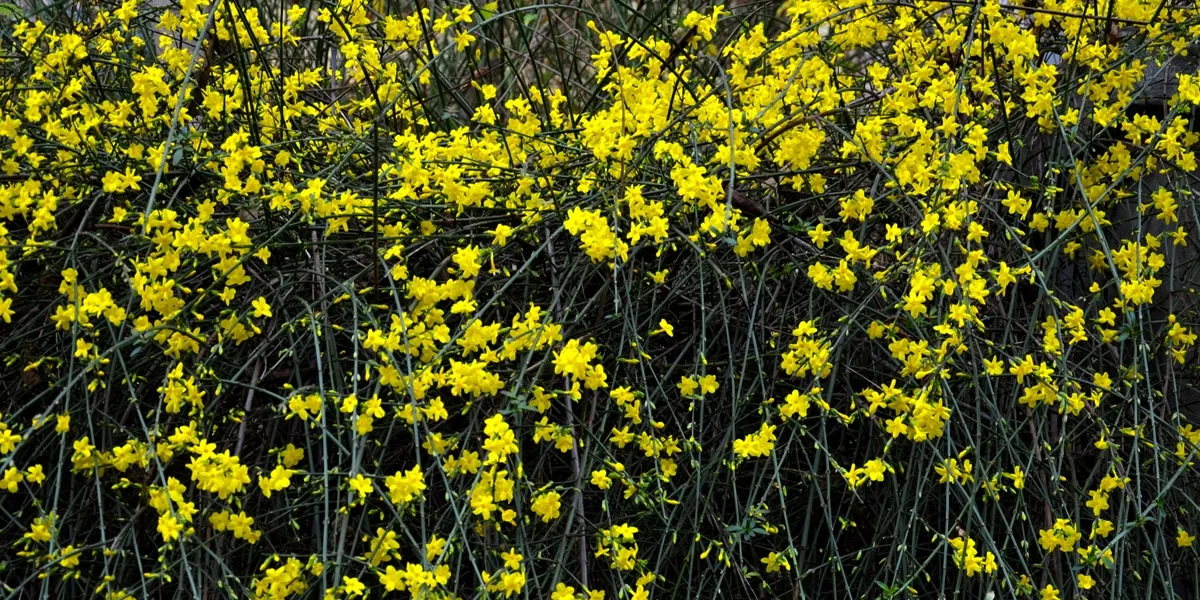
Best climbing plants for shade
Often the best plants to grow in a shady garden are foliage plants and with climbers, this is no exception.
Ivy is the obvious choice here, but before you groan and read on, thinking that it is a common, boring plant, I would like to fight its case. There are some fantastic varieties, each with wonderful leaf form and colour, often variegated and never dull. Hedera colchica ‘Dentata Variegata’ is not only a wonderful garden plant, it is also excellent for wildlife, as are all ivies. This particular variety has diamond shaped leaves with a deep green centre, surrounded by a creamy margin. Because it is an evergreen, you will receive colour all year round. Conversely Hedera colchica ‘Sulphur Heart’, as its name suggests has a golden centre surrounded by a vibrant green margin.
Ivies are vigorous plants that can grow to 5m or more. Fortunately they tolerant hard pruning at any time of the year, so if you find yours is becoming a bit wild, simply prune it back to the required height.

If you are looking for a climber with autumn leaf colour, there is really only one that will do. Parthenocissus, or Virginia creeper, both regular and the small leaf variety, are without a doubt the most spectacular climbing plant for autumn. During the summer, their leaves are glossy and bright green. As soon as light levels and temperatures start to drop, these leaves turn a radiant shade of red which will turn your garden from tranquil haven to a warm and vibrant paradise.
The downside to Parthenocissus is that they are huge, and definitely not one for a small garden. If left unpruned they will easily reach 15m and for this reason, they should be planted on their own, without competition from other climbers. Having said that they can be pruned regularly in autumn or winter to keep them at a conservative size and to stop them invading your guttering or roof. Virginia creeper is also an important wildlife plant and makes excellent habitats for birds and insects.
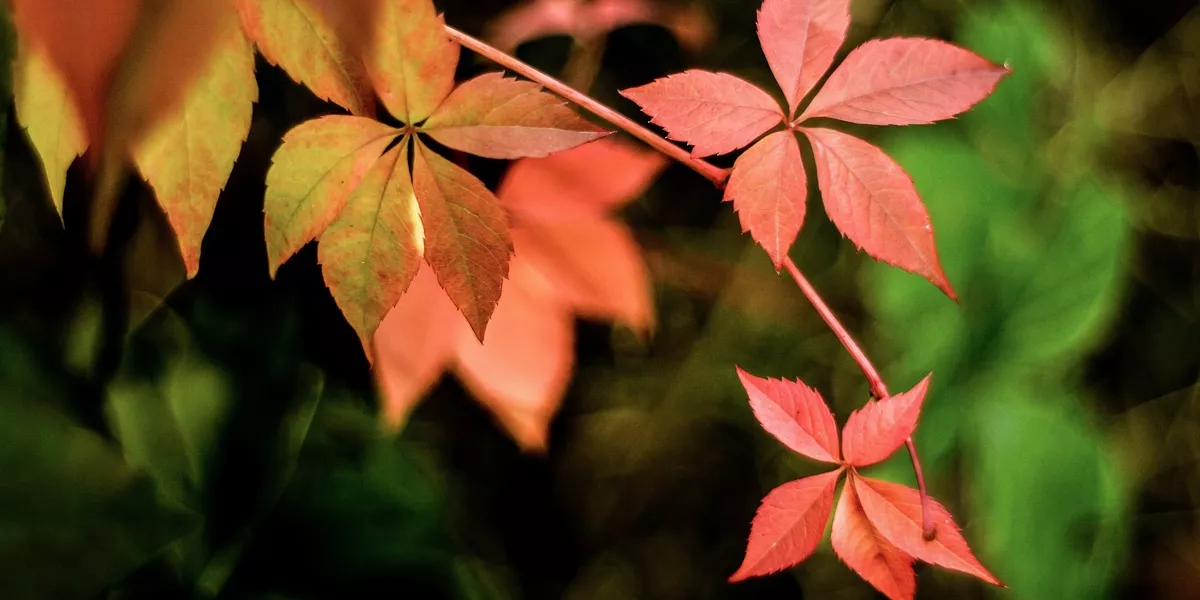
Climbing plants for different aspects
Whether you have a north, south, east or west facing garden, certain plants will do better than other. Each aspect brings its own challenging conditions, and it is important to understand these before we select your plants.
Best climbing plants for north/east facing garden
Many people regard north/east facing gardens as the most challenging. They receive little light and are often the dampest. But there is a climber for every situation and in this case, it is Firethorn. Also known as Pyracantha, Firethorn is a popular climber because it is not fussy. It can be grown as a hedge and is self-supporting, often needing little or no training. In May, it will produce an abundance of white flowers, which are followed by a profusion of red or orange berries throughout autumn. They reach 3m high but are easy to prune into shape with a hedge trimmer.
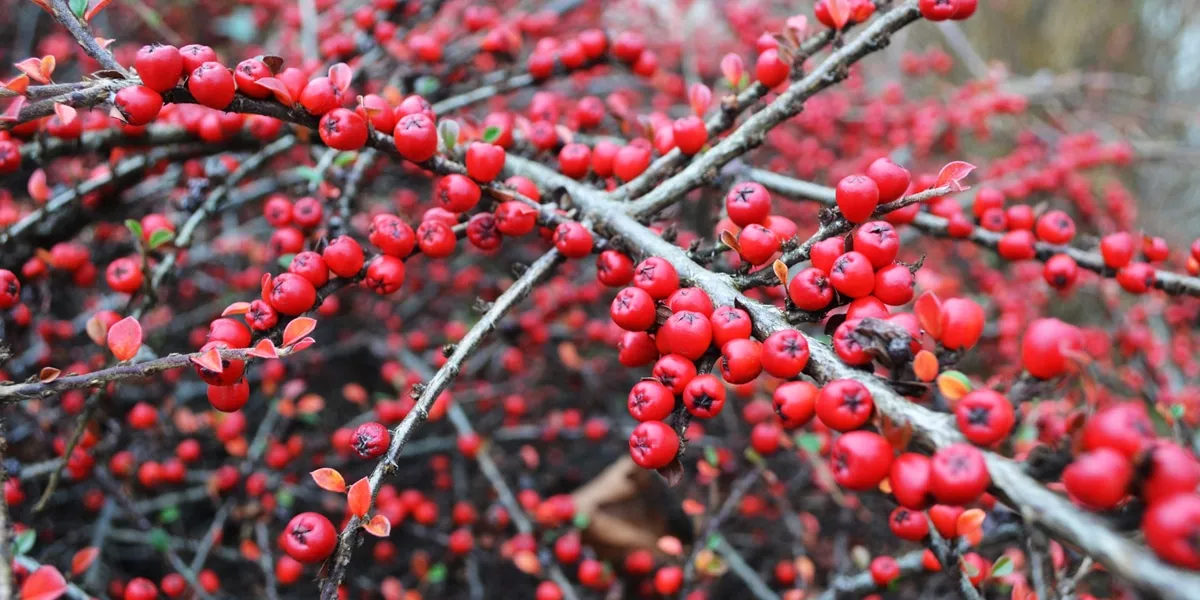
Best climbing plants for south/west facing garden
It seems that everyone wants a south/west-facing garden. These are suntraps that receive the sun all day long. However, the soil can be very dry and plants can suffer if they are not tolerant of drought. Passiflora caerulea is the ideal climber for a south-facing garden because it loves full sun. From July to September it will produce exotic looking flowers that are truly unique within the plant kingdom. These flowers are followed closely by orange, egg-shaped fruit, whilst the leaves are palmate and add a wonderful texture. They can be trained vertically along wires where it will quickly fill out and cover your fence.

The best climber for you
So now you will hopefully be more confident in finding the perfect climber for your garden. But remember that as well as finding a climber that will grow in your conditions, it is important to consider what you want to achieve and what you enjoy. Whether you want to grow a climber for its flower form or colour, a specific flowering or even just foliage as a backdrop for your other plants, there are plenty to choose from and the ones above are just examples.
With just a little bit of research at garden centres and online, you could find the perfect climber that will bring you joy for years to come, season after season.
 To find out more, or to request a free brochure, simply fill out our contact form.
To find out more, or to request a free brochure, simply fill out our contact form.